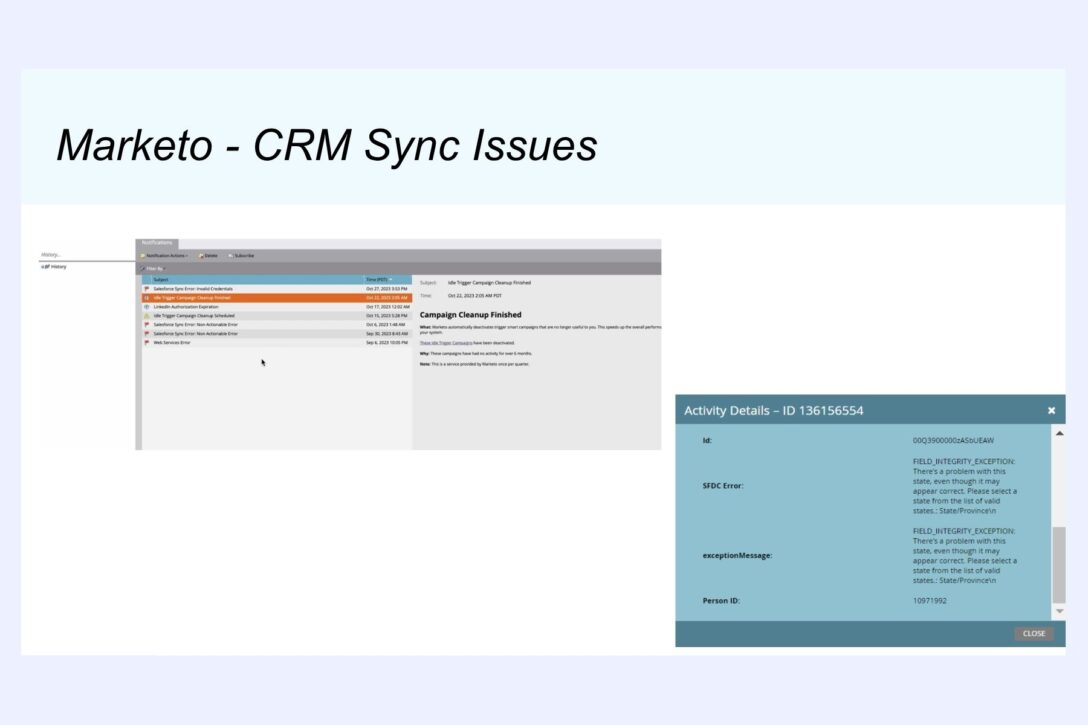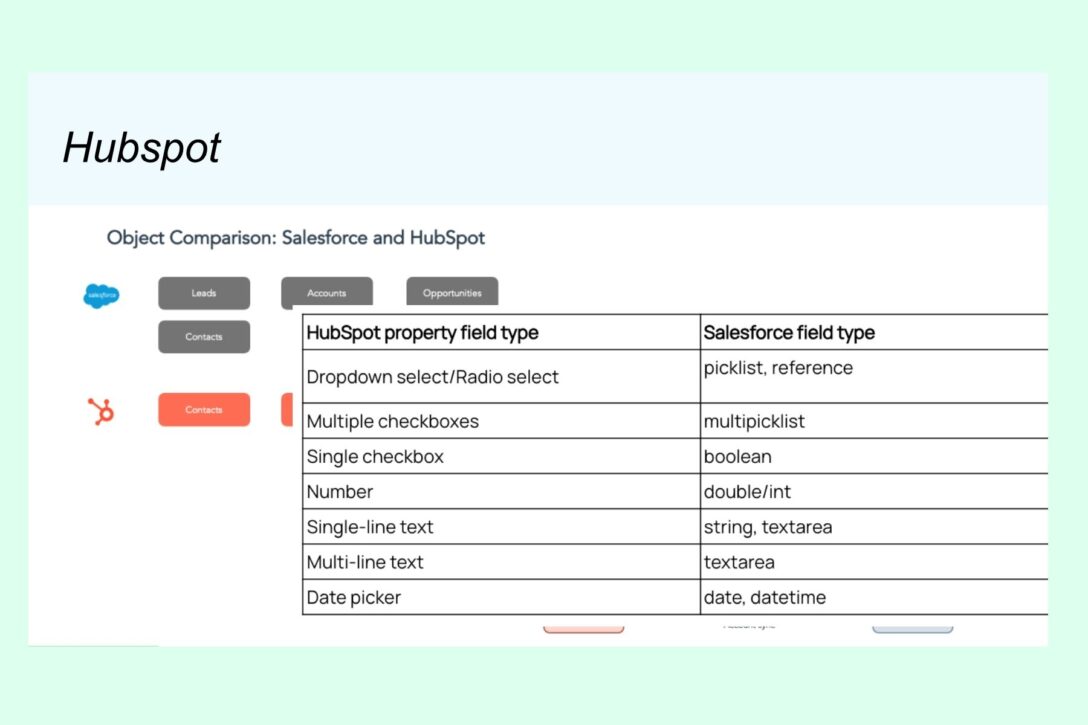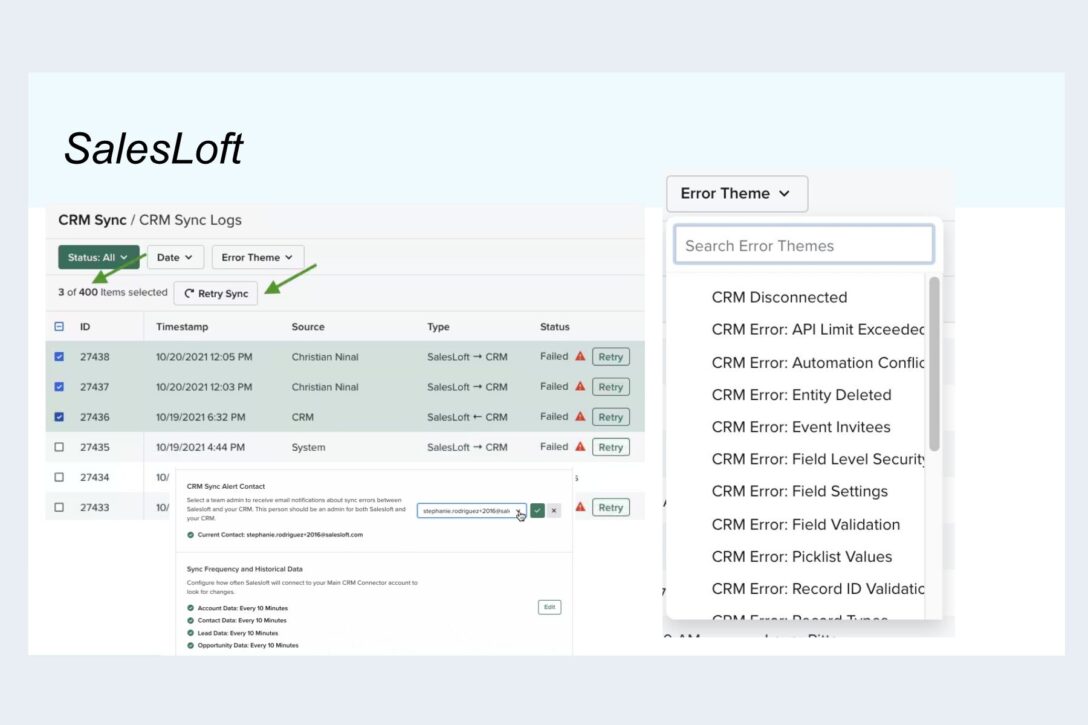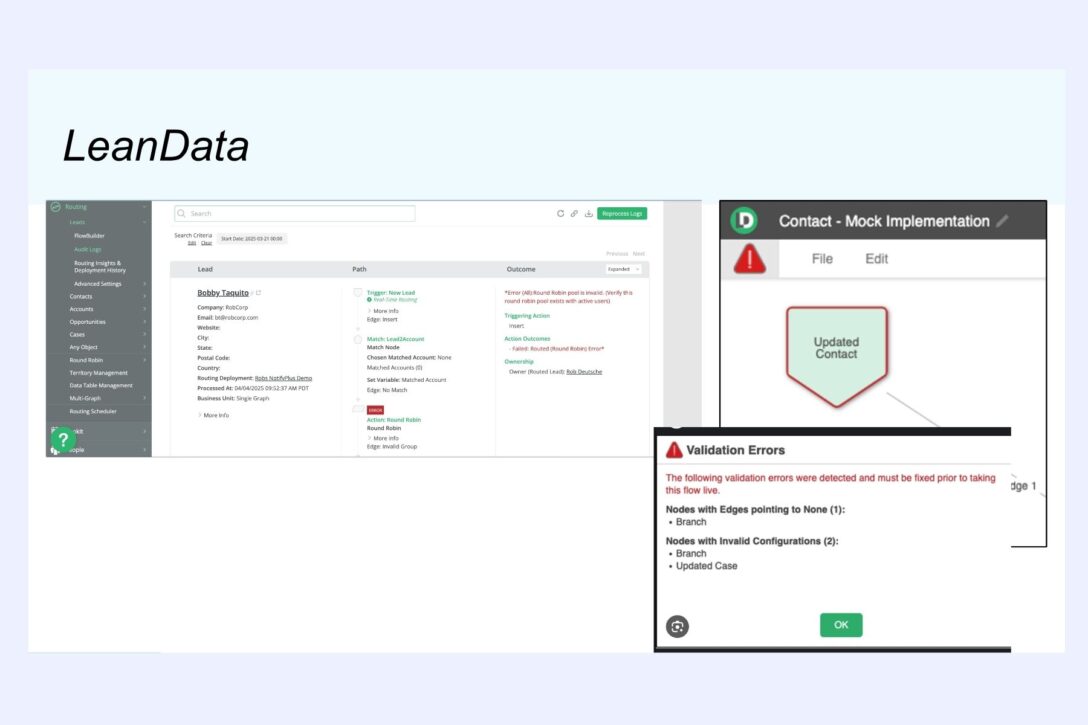The False Promise of Easy Integrations
Many software vendors promise simple CRM data integration.
They say, “It just integrates with Salesforce.” This phrase sounds reassuring. It suggests that once you connect two systems, data will flow smoothly. Leads will route correctly. Sales will have the right information at the right time.
However, in reality, that promise rarely holds true. Most companies soon discover the hidden chaos behind CRM syncs.
Let’s explore why these integrations become so complex. Then, we will discuss how to avoid common pitfalls and improve your operations.

Why Syncs and Triggers Create Confusion
First, it is important to understand two core functions in CRM data integration.
- A sync moves data back and forth between systems. This might happen on a schedule or in real time. For example, your marketing automation platform might sync new leads to Salesforce every hour.
- A trigger moves data when a specific event happens. For example, if a website visitor fills out a form, it can trigger a sync to Salesforce.
At first, this seems manageable. You set a few syncs and triggers. Data should flow smoothly between marketing tools, the CRM, and sales engagement platforms.
But soon, things get messy.
Different platforms sync data at different times. Plus, each one may use different rules. As a result, there is no single view of when or why data moves. Errors become hard to track. Ops teams must sort through a tangle of sync logs and trigger histories.
Many tools also call Salesforce’s API at different times. So, when they overlap or conflict, data breaks. Leads might go missing. Records might not update correctly.
This is the reality behind the phrase, “It just integrates.”

The Real-World Impact on Operations Teams
Next, let’s consider the people who deal with this chaos.
Operations teams spend hours every day checking for sync errors. They review long lists of error codes in systems like Marketo, HubSpot, Pardot, and SalesLoft. Often, these errors do not explain what went wrong or how serious the problem is.
Common challenges include:
- Vague error messages, such as “field integrity exception,” with no clear explanation.
- No details about which lead or contact was affected.
- No information on when the error occurred or how critical it is.
- Manual searching for lead IDs across multiple platforms.
- Uncertainty about whether an error blocked a high-priority sales lead.
As a result, Ops professionals become data detectives. They spend time solving puzzles instead of focusing on strategy and growth.

Why Field Mapping Adds to the Complexity
Field mapping creates another challenge.
Most marketing and sales platforms use different data types and field names. For example, HubSpot may use a checkbox field. Salesforce may expect a Boolean value or a picklist.
Matching these fields takes careful work. If fields do not match exactly, syncs will fail. Sometimes, a single field change can break the entire data flow.
Also, sales managers often request new fields for tracking and reporting. Each new field adds more complexity to the integration.
Without clear rules and strong audit tools, this complexity grows over time.
The Hidden Cost of Poor CRM Data Integration
Poor CRM data integration does more than waste time. It can harm revenue and customer relationships.
First, leads might not reach the right sales reps. Hot prospects could go unnoticed.
Next, inaccurate data can lead to poor decisions. For example, duplicate records can confuse sales teams. Wrong field values can distort reports and forecasts.
Plus, each error means lost time for both Ops teams and sales teams. Over time, this reduces productivity and slows growth.

How LeanData Simplifies CRM Data Integration
Many LeanData customers face these exact challenges before they use our platform.
LeanData takes a different approach. First, we process data in near real time. This reduces delays between systems.
Next, LeanData creates a clear audit trail for every record. Each lead, contact, or account shows its full path through the system. Users can see when data moved, what happened, and why.
If something goes wrong, Ops teams can easily trace the problem. They no longer need to search through multiple systems and logs.
LeanData also supports flexible matching and routing. This helps teams align data between platforms without creating complex field mappings.
As a result, companies can reduce sync errors. They can also improve lead routing, data quality, and operational efficiency.

Visibility Is the Solution to Integration Chaos
CRM data integration will never be completely simple. Modern companies use many tools. Each one handles data differently.
However, you can reduce complexity and gain control.
First, understand how your systems sync and trigger data. Next, build clear rules for field mapping and data flow.
Finally, choose solutions like LeanData that provide real-time processing and full audit visibility.
By doing so, your Ops teams can stop chasing errors and start driving growth.










